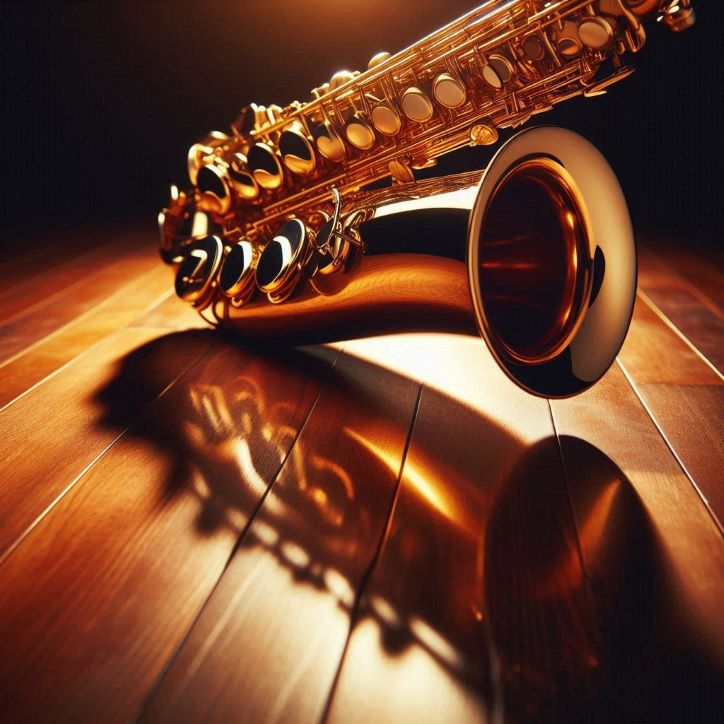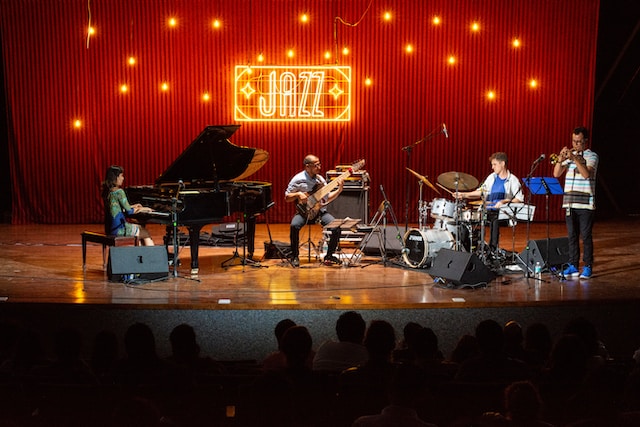The Improvisation of Flavor: Snack Box Hampers for Jazz Lovers

Jazz music thrives on spontaneity. Its notes twist and turn, blending rhythm with surprise, much like a well-curated snack box hamper. For jazz lovers, the connection between music and food runs deep. Both are sensory experiences that invite exploration and improvisation. This article celebrates hampers crafted with the same creative spirit as a jazz solo, offering unexpected flavor combinations to delight the palate.
Imagine a hamper that mirrors a jazz performance. Each item is a note, carefully chosen yet delightfully unpredictable. Companies like Snack Box Hampers embrace this philosophy, curating selections that surprise and satisfy. Their white chocolate gift boxes, for instance, blend creamy sweetness with tangy raspberry bursts, much like a saxophonist weaving a soulful melody with unexpected high notes. These hampers are designed to evoke the same joy as a live jazz set, where every bite feels like a new riff.
Why Jazz and Snacks Are a Perfect Pair
Jazz is about breaking rules. It’s a genre that thrives on improvisation, where musicians take risks to create something unique. Similarly, snack hampers for jazz lovers ditch predictable choices. They mix bold flavors, textures, and aromas to keep you guessing. Here’s why they work so well together:
- Unexpected Twists: Just as a jazz musician might shift from a smooth melody to a sharp crescendo, a hamper might pair salty pretzels with sweet honey-drizzled nuts.
- Emotional Connection: Jazz stirs the soul, and a well-crafted snack box stirs memories, perhaps of late-night gigs or cozy listening sessions.
- Shared Experience: Like a jazz jam session, a hamper invites friends to gather, share, and savor each bite.
“Food and music both tell stories,” says culinary curator Emma Lane, who designs artisanal hampers in Melbourne. “A great hamper, like a great jazz piece, takes you on a journey. You don’t know where it’s going, but you trust it’ll be good.” This storytelling aspect makes these hampers perfect for jazz enthusiasts who appreciate the art of surprise.
Curating the Perfect Jazz-Inspired Hamper
What goes into a jazz-inspired snack box? It starts with variety. A hamper should feel like a setlist, with each item playing a role. Think dark chocolate truffles for the sultry basslines, spicy chili crackers for the trumpet’s high notes, and creamy brie for the smooth piano chords. The best hampers balance sweet, savory, and tangy, ensuring every bite surprises.
Texture matters as much as flavor. Crunchy biscotti might echo the sharp snare of a drum solo, while velvety cheese spread mirrors a mellow vibraphone. Artisanal makers often include hand-crafted items, like small-batch jams or roasted nuts, to add a personal touch. These details make the hamper feel like a live performance—intimate and unique.
Top Picks for Jazz Lovers
Not sure where to start? Here are some hamper ideas that capture the improvisational spirit of jazz:
- The Midnight Jam: Packed with smoky almonds, dark chocolate, and a tangy citrus marmalade, this hamper feels like a late-night jazz club.
- The Bebop Bite: A mix of spicy popcorn, white chocolate raspberry bullets, and herbed crackers for a fast-paced, energetic vibe.
- The Cool Jazz Classic: Think creamy cheeses, olive tapenade, and crisp flatbreads—perfect for a laid-back listening session.
Customization adds a personal riff. Many companies let you build your own hamper, choosing snacks that resonate with your favorite jazz subgenre. Love the chaotic energy of free jazz? Add some fiery chili crisps. Prefer smooth jazz? Go for silky caramels and soft cheeses. This flexibility ensures the hamper feels like your own composition.
Gifting the Jazz Experience
A hamper is more than a gift. It’s an invitation to slow down, savor, and share. For jazz lovers, it’s a way to bring the music’s spontaneity into everyday life. Pair a hamper with a vinyl record or concert tickets for a truly memorable gift. Why not host a listening party, where friends enjoy the snacks while Miles Davis or Ella Fitzgerald plays in the background?
Delivery makes it effortless. Many hamper companies offer quick shipping, ensuring your gift arrives fresh and ready to enjoy. Whether it’s a birthday, holiday, or just because, a jazz-inspired hamper brings joy to any occasion. As jazz legend Duke Ellington once said, “It don’t mean a thing if it ain’t got that swing.” A well-curated hamper swings with every bite.
READ ALSO: Musicians Turn to OP Guides to Find Korean Spaces That Embrace Jazz Culture
Where to Find Your Jazz-Inspired Hamper
Ready to explore? Look for artisanal makers who prioritize quality and creativity. Snack Box Hampers, for example, offers a range of options, from vegan-friendly to luxury chocolate collections. Their curated selections are perfect for jazz lovers who crave something new. Check their website for inspiration and start building your own flavor solo.
The beauty of jazz lies in its freedom. A great snack box hamper captures that same sense of discovery. Each bite is a chance to explore, to feel, to improvise. So, grab a hamper, put on your favorite jazz record, and let the flavors dance. What’s your next bite going to sound like?







 At this point, read more here since you will be introduced to a few of these top names from jazz music, whose names and works should actually be in every collection of music lovers.
At this point, read more here since you will be introduced to a few of these top names from jazz music, whose names and works should actually be in every collection of music lovers.

 While a few in the remarks interpreted it to mean money isn’t ever a motivator or it somehow means everybody ought to give up their cash, others had lots of thoughtful comments.
While a few in the remarks interpreted it to mean money isn’t ever a motivator or it somehow means everybody ought to give up their cash, others had lots of thoughtful comments. For them, “music is life” because they say that they can’t live without it. We can’t imagine our world without music as they say, and some of us are really into it. Different genres, styles and tempo are what music is all about.
For them, “music is life” because they say that they can’t live without it. We can’t imagine our world without music as they say, and some of us are really into it. Different genres, styles and tempo are what music is all about.